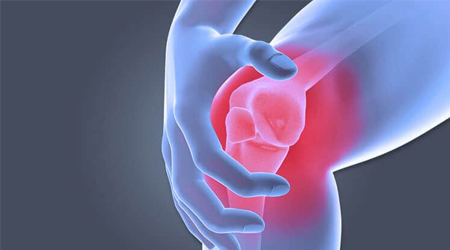Knee pain is the most common form of joint pain found during a vast majority of individuals globally. The senior are the most suffering from knee pain. Knee pain can be because of many reasons like, injury, unhealthy lifestyle or medical condition. Minor sort of knee pain are often simply treated with home remedies for knee pain reception whereas different kinds of knee pain need medical attention to heal.
Symptoms
- Swelling and stiffness in and around the knee
- Redness and of warmth near the knee
- Weakness or instability in the knee
- Popping and noises from the knee at the time of sitting and standing
- Unable to completely straighten the knee.
If you’re referred to physiotherapy for knee pain, the initial visit is very important to make sure correct diagnosis and proper management. During this visit, your therapist can interview you to collect data regarding the history of your problem, about the aggravating and relieving factors, and about any past medical history that may contribute the overall problem. From the information gathered during the history, a focused examination will be conducted. The examination may consist of several sections including, but not limited to:
Gait evaluation: A gait evaluation is an assessment of how you are walking. Physical therapists are trained to notice little changes in the motion around the knee during different phases of walking.
Palpation: This involves using the hands to the touch various structures around the knee to feel for abnormalities or to assess if a structure is painful to touch.
Range of motion measurements: range of motion refers to how far the knee is bending or straightening. The therapist might use special instruments to measure how your knee is moving to help direct treatment.
Strength measurements: There are several muscular attachments around the knee, and a measurement of strength can help determine if muscular weakness or imbalance is causing your knee pain.
Assessment of your balance: If your balance is impaired, excessive stress and strain may be directed to your knee and cause pain.
Girth or swelling measurements: sometimes, swelling may be present in the knee joint after injury. A therapist might measure the number of swelling to help direct treatment.
Special tests: Special tests ar specific maneuvers performed around the knee to help determine which structure may be at fault and may be causing the problem.
Exercises
- Quad sets and straight leg raises
- Short arc quads
- Exercises to strengthen your hips
- Lower extremity stretches
- Balance exercises
- Ultrasound
- Electric stimulation
- Kinesiology taping
- Application of heat or ice
- Soft tissue massages or knee joint mobilization
